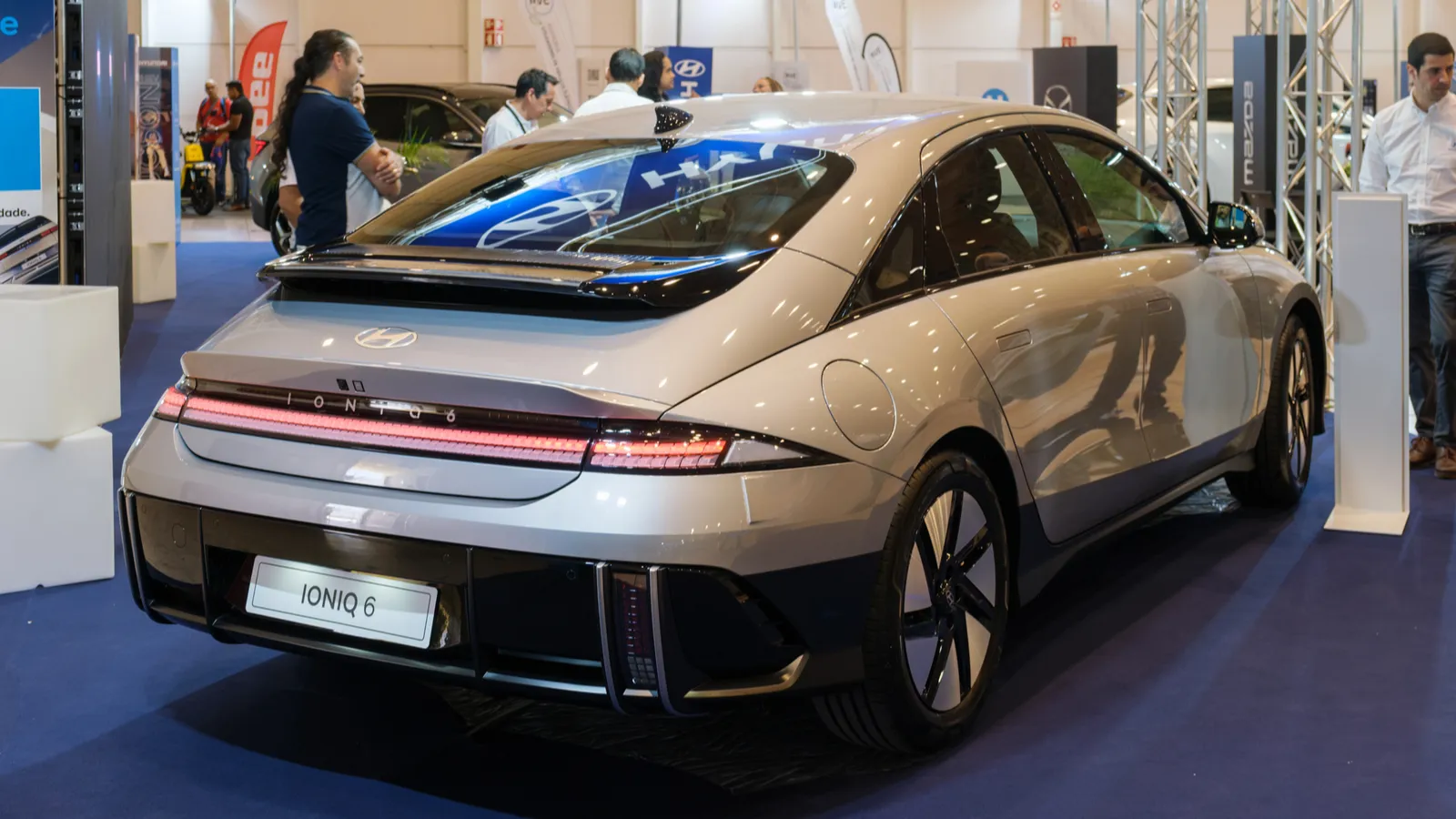
Image credits: DmitryRukhlenko/Depositphotos
Global EV Sales Are Accelerating Rapidly
2025 global EV sales are projected to exceed 20 million units, building on substantial 2024 numbers where EVs accounted for more than 20% of new vehicle sales. This growth is fueled by increased model availability, improved performance, and strong demand in markets like China and Europe.
China alone made up nearly half of global EV sales in 2024. As automakers race to electrify their lineups and offer vehicles across all price points, EVs are becoming common on roads worldwide, signaling a significant shift in consumer preferences and manufacturing priorities.
Alt text: Rear shot of electric supercar Hyundai Ioniq 6
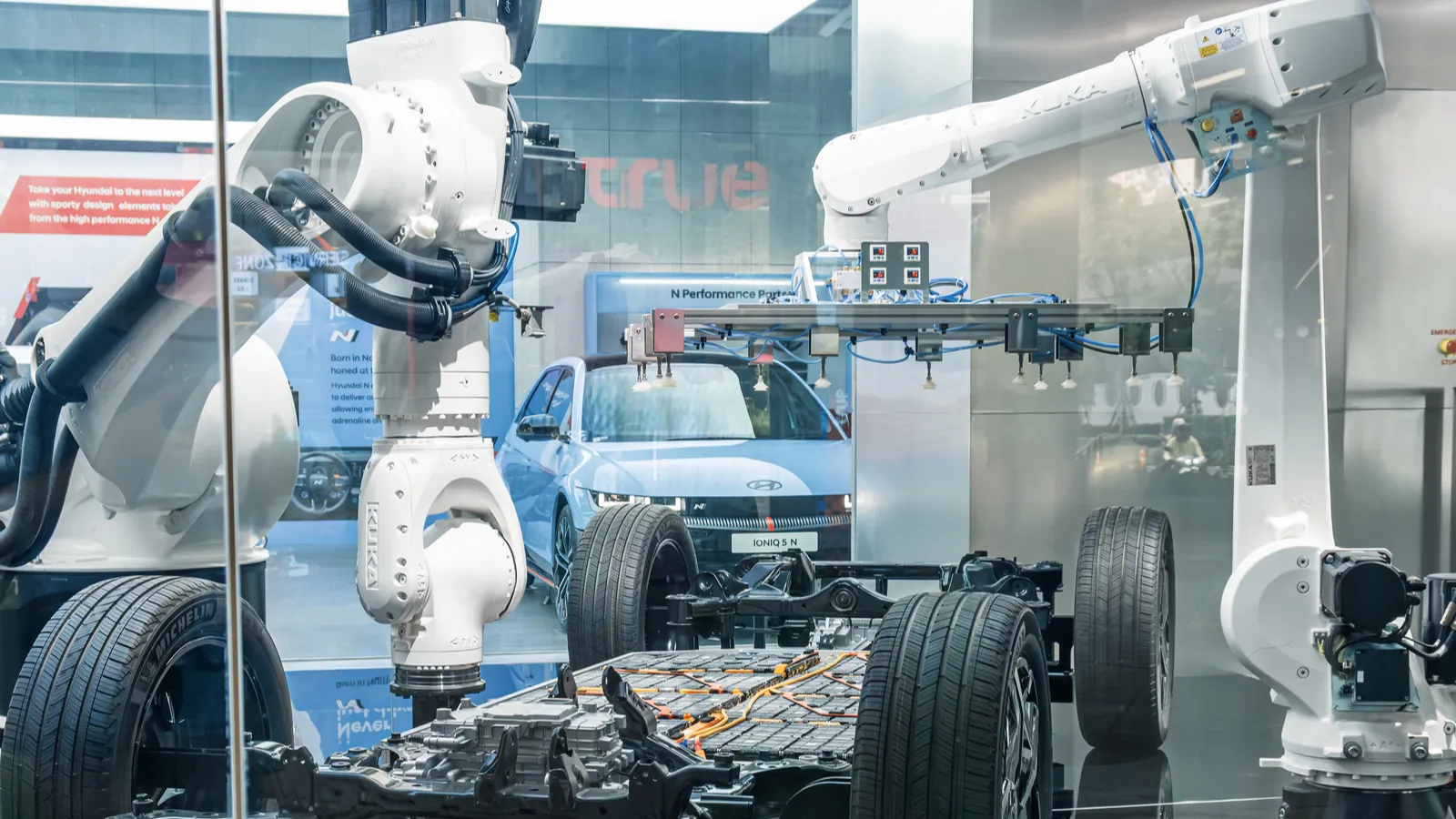
Image credits: samael334.gmail.com/Depositphotos
U.S. Adoption Rises, But Lags Behind Leaders
EV sales in the United States now make up around 11% of total new car sales, a significant improvement from just 2–3% five years ago. However, the U.S. still trails Europe and China in EV penetration and infrastructure maturity.
Various models, including affordable options from Chevrolet and Hyundai, are helping bridge this gap. Federal and state-level incentives have also played a significant role. As charging networks grow and new models hit showrooms, analysts expect the U.S. market to gain momentum, especially in suburban and urban areas where charging is accessible.
Alt text: Hightech automotive manufacturing display, factory of Hyundai ioniq EV battery
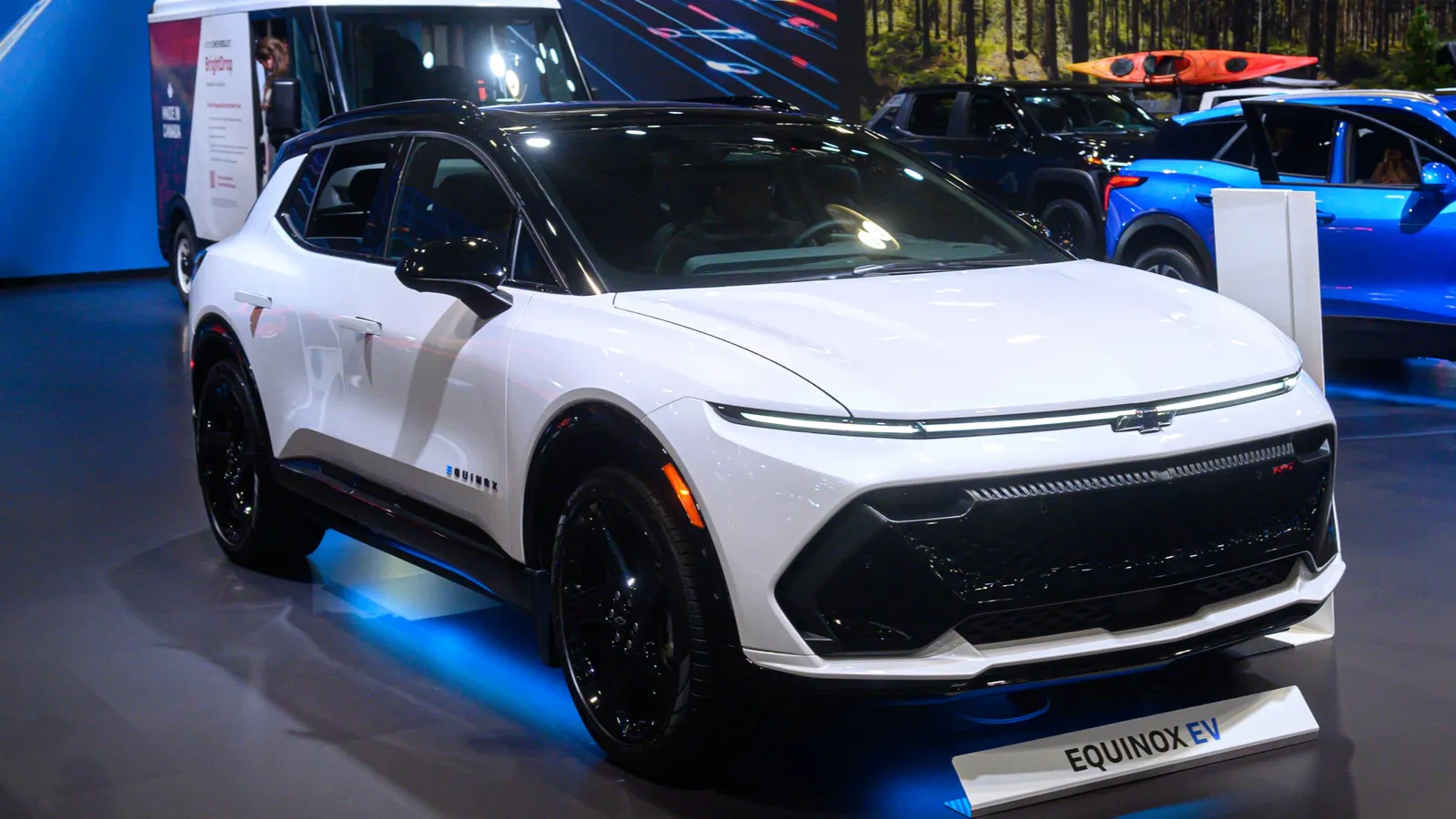
Image credits: informaplus.photoagency.gmail.com/Depositphotos
EV Prices Are Becoming More Competitive
While EVs still carry a higher average sticker price than gas-powered vehicles, the total ownership cost is often lower due to reduced fuel and maintenance expenses. Several EVs, like the Chevy Equinox EV and Nissan Leaf, start below $40,000 before tax credits. Battery prices have dropped significantly over the past decade, and manufacturers continue to localize production to cut costs.
Though premium models remain expensive, the availability of budget-friendly EVs is increasing, making electrification more accessible to the average consumer.
Alt text: Chevrolet Equinox EV displayed
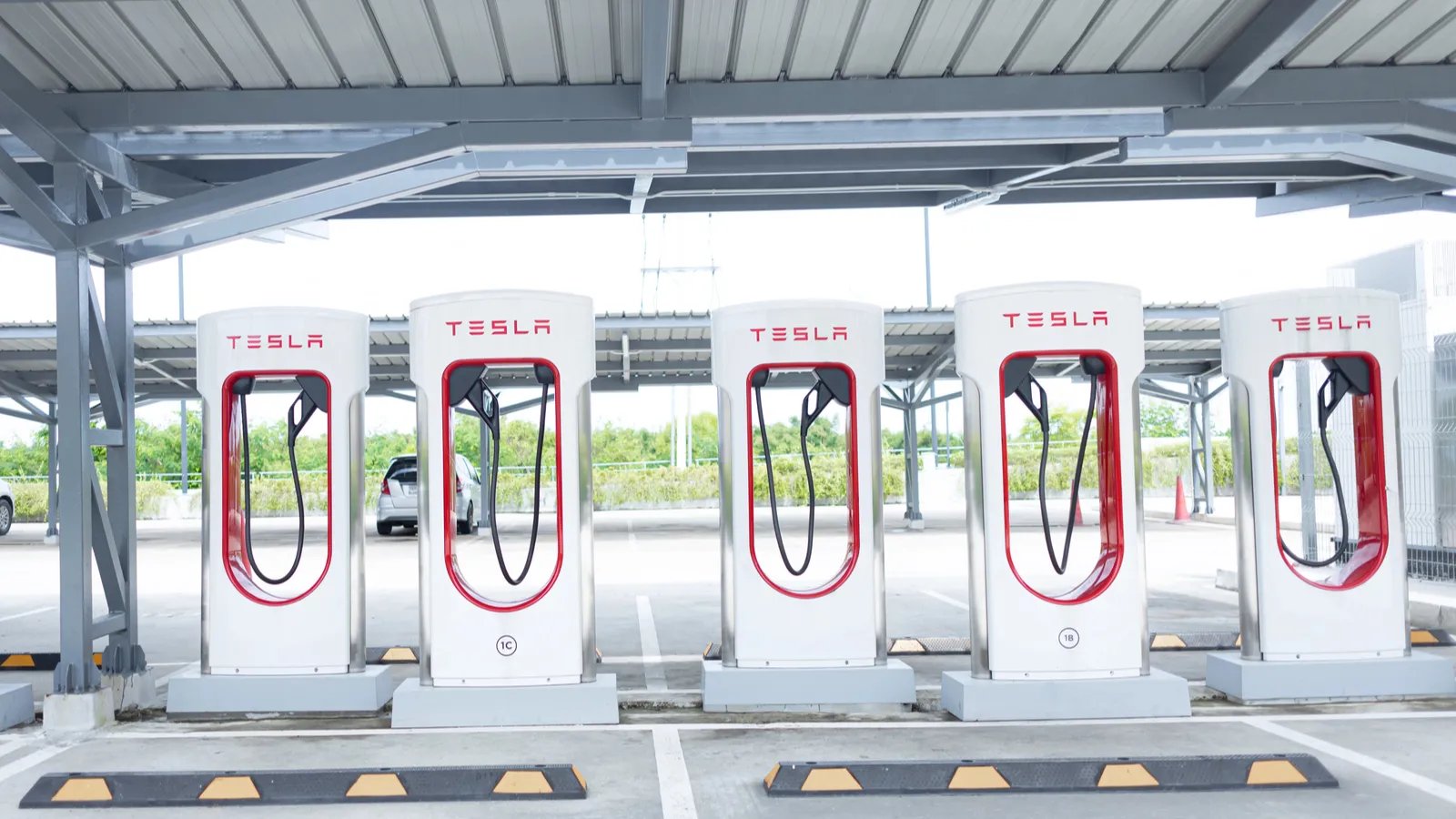
Image credits: coffeekai/Depositphotos
Charging Infrastructure Is Expanding Nationwide
The U.S. now has nearly 200,000 public charging points, over 40,000 being DC fast chargers. Major initiatives, such as the National Electric Vehicle Infrastructure (NEVI) program, are helping close the gaps along key travel corridors.
Tesla has also begun opening portions of its Supercharger network to non-Tesla EVs, improving charging convenience. Still, home charging remains the most common method, especially for suburban EV owners. Infrastructure buildout remains uneven across rural areas, but urban centers are quickly catching up with accessible and reliable charging options.
Alt text: Tesla supercharger 250 kw dock station for high speed charging

Image credits: gunnar3000/Depositphotos
Federal Tax Credits Are Set to Expire Soon
The widely used $7,500 federal tax credit for EVs is set to expire on September 30, 2025, prompting a surge in vehicle purchases before the deadline. This credit has been a key factor in supporting consumer adoption and encouraging automakers to bring affordable EVs to market.
Its potential expiration could cool momentum temporarily unless extended or replaced with new incentives. Policymakers evaluate alternatives, while automakers use this window to ramp up marketing and move inventory quickly before incentives phase out.
Alt text: Taxes concept
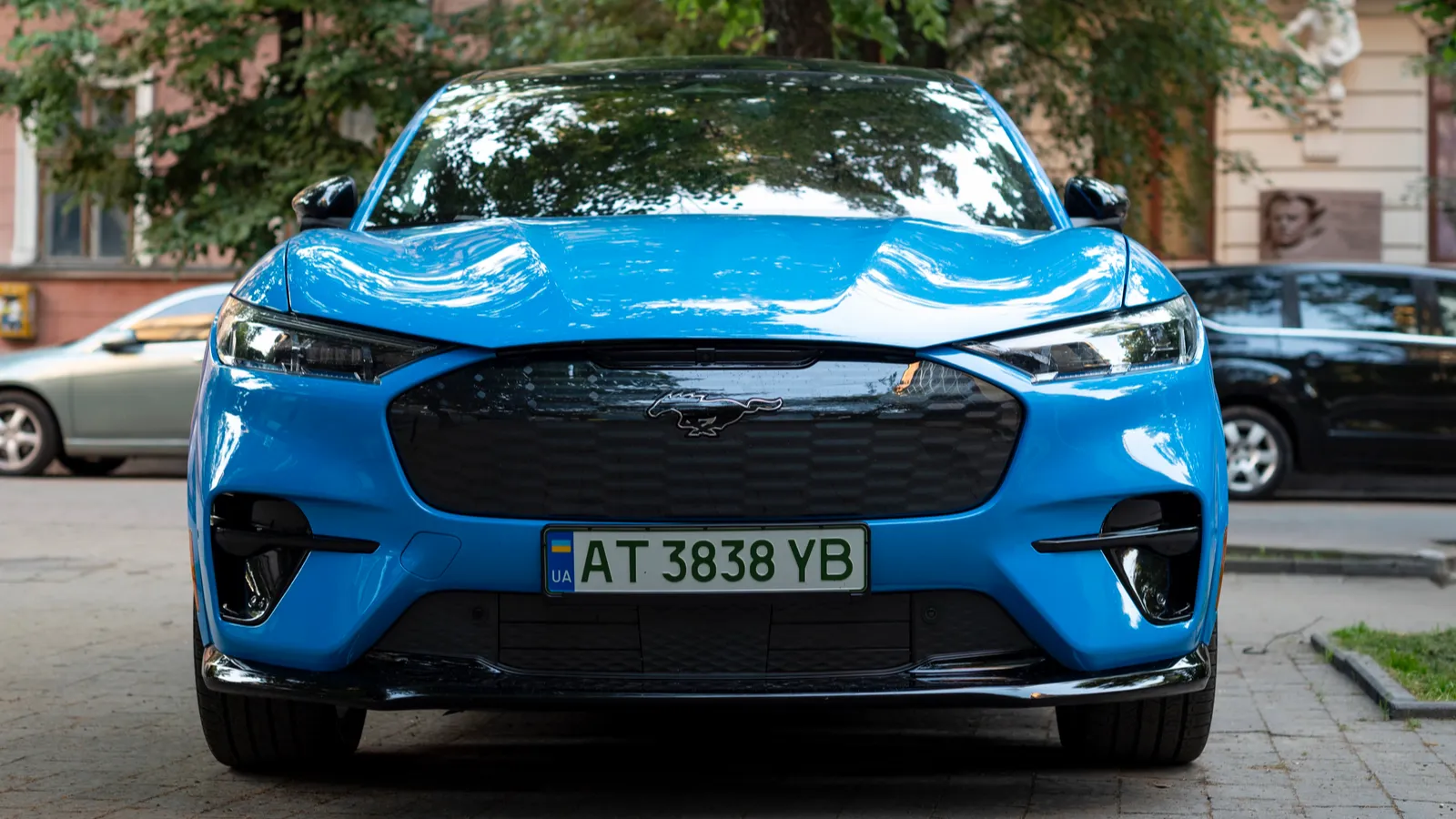
Image credits: baranessku/Depositphotos
Automakers Are Committing to an Electric Future
From GM to Hyundai, nearly every major automaker has announced billion-dollar investments in EV platforms, battery production, and R&D. Ford recently unveiled a new modular EV platform that will underpin its next generation of electric trucks and SUVs.
GM is planning to electrify its entire light-duty lineup by 2035. European and Asian brands, including Volkswagen and BYD, are also rolling out dozens of new electric models. These long-term strategies confirm that automakers view EVs not as an alternative, but as the core of their future offerings.
Alt text: Blue Ford Mustang Mach E
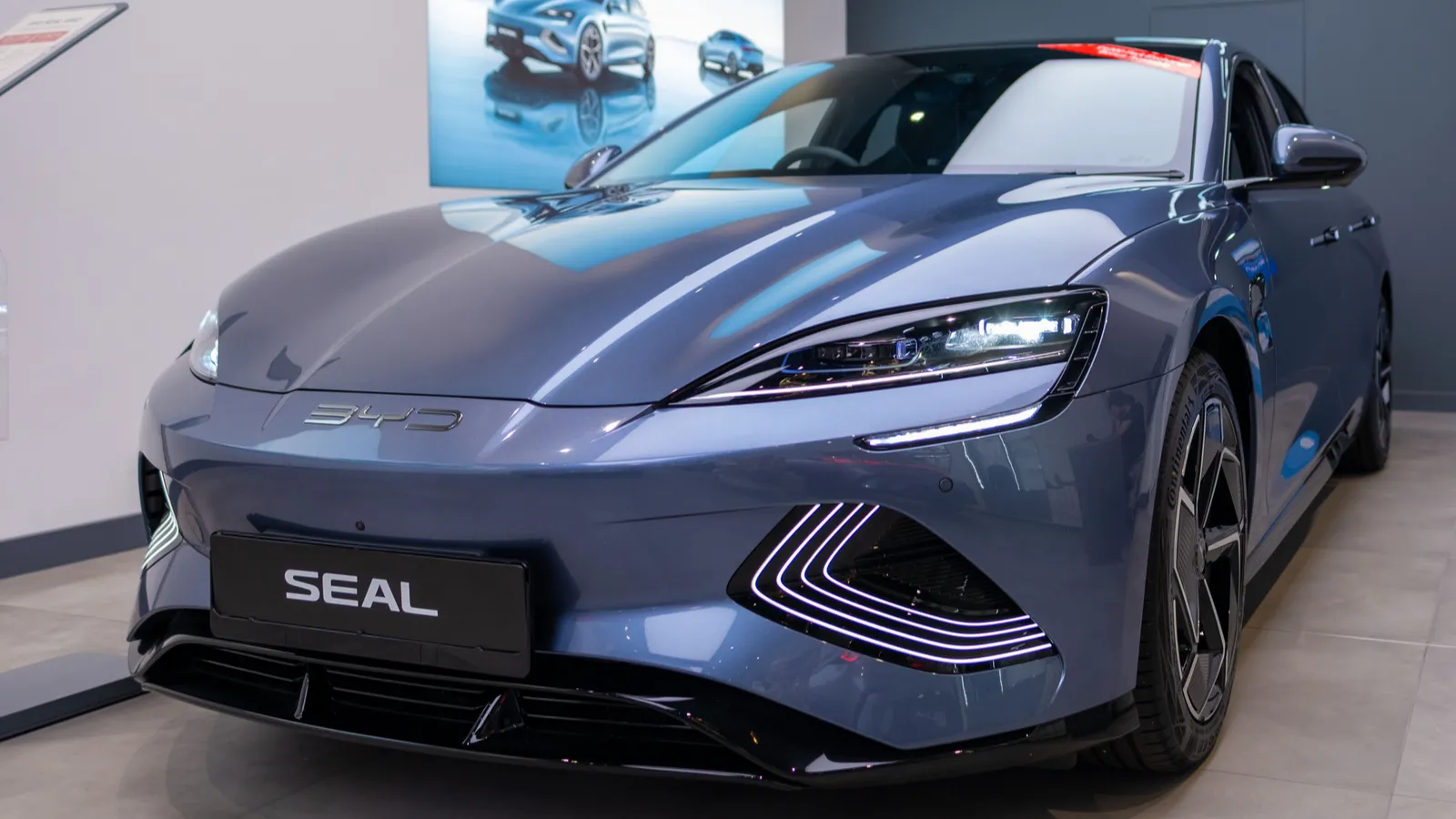
Image credits: kittyfly/Depositphotos
China Continues to Lead the EV Charge
China remains the global EV leader, with more than 11 million electric vehicles sold in 2024, making up nearly 60% of the worldwide total. Supported by strong domestic brands like BYD, NIO, and XPeng, China’s government has prioritized EV adoption through subsidies, manufacturing incentives, and city-level policies.
The country’s extensive charging network, aggressive pricing, and export strategy have made Chinese EVs popular outside Asia. As a result, Chinese automakers are now directly competing with legacy global brands in markets like Europe and Latin America.
Alt text: BYD Seal blue car
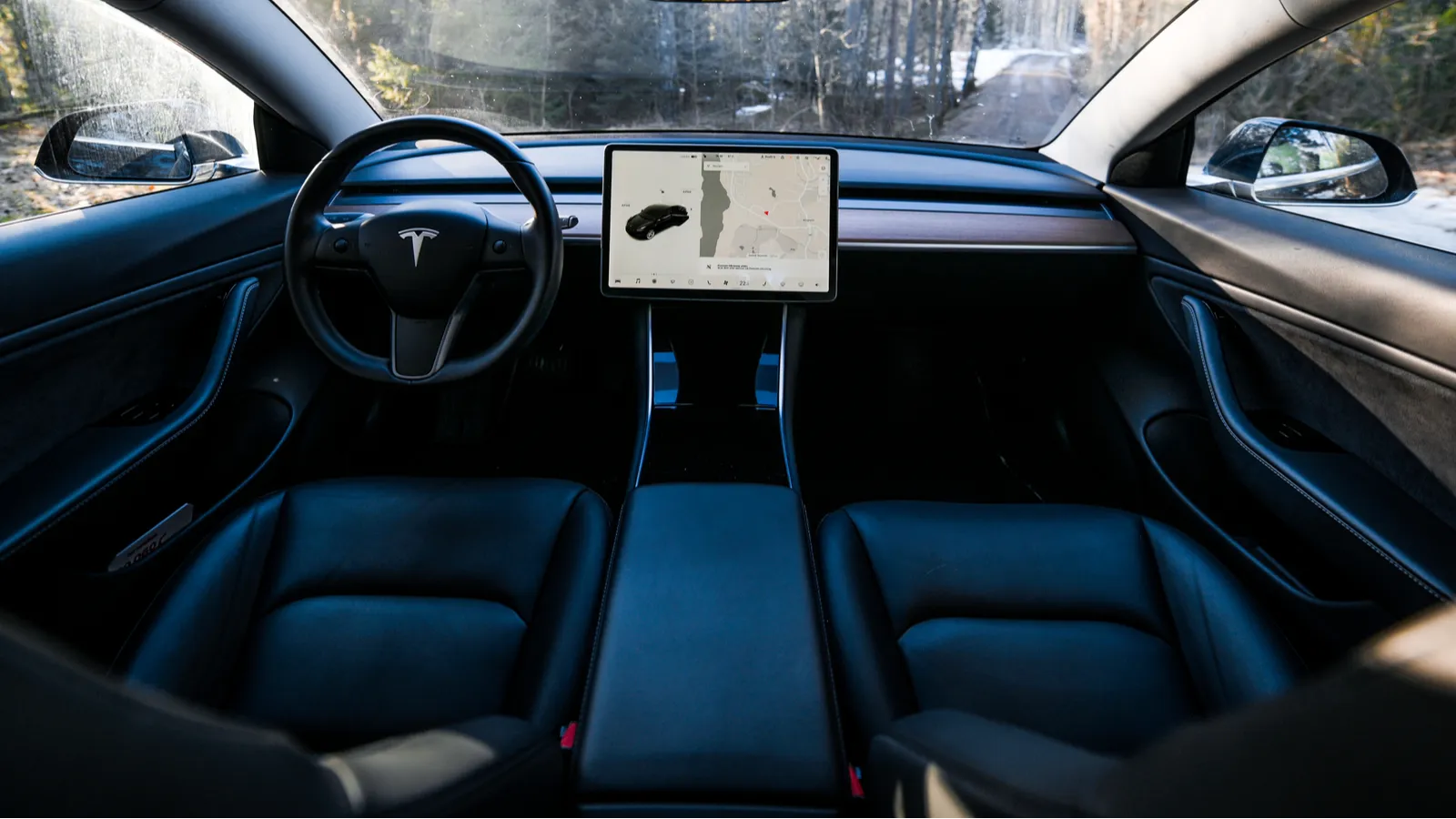
Image credits: Bublik_Polina/Depositphotos
Europe and Emerging Markets Join the Momentum
European countries continue their strong EV push. In 2025, the EU average for EV market share is over 25%, with countries like Norway and the Netherlands surpassing 70% in new car sales. In the UK, more than 30% of new vehicles sold are electric.
At the same time, emerging markets in Latin America and Southeast Asia are also seeing growth, driven by affordable models and new incentives. While infrastructure and affordability still pose challenges in these regions, the global reach of EVs is expanding beyond developed markets.
Alt text: Black Tesla Model 3 interior cockpit
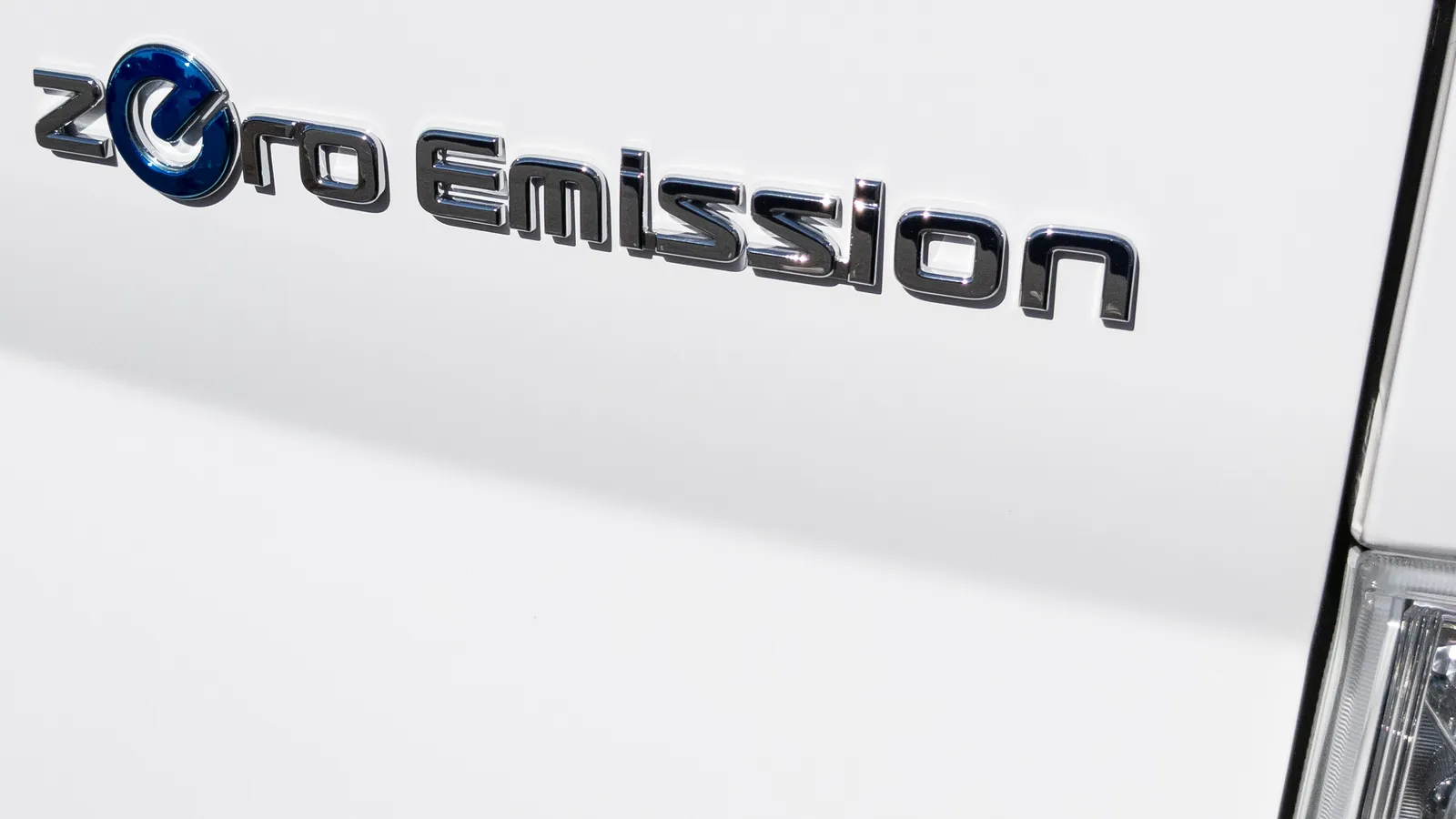
Image credits: OceanProd/Depositphotos
Environmental and Economic Concerns Drive Buyers
Consumers today are increasingly motivated by sustainability and long-term cost savings. EVs produce zero tailpipe emissions and a lower lifecycle carbon footprint than internal combustion vehicles, especially when using clean energy.
As battery recycling improves and manufacturers adopt more sustainable materials, the green appeal of EVs strengthens. Coupled with rising fuel prices and stricter emissions laws in many countries, the shift to EVs offers a practical way for consumers to reduce their environmental impact and operating costs over time.
Alt text: Zero emission logo on a car
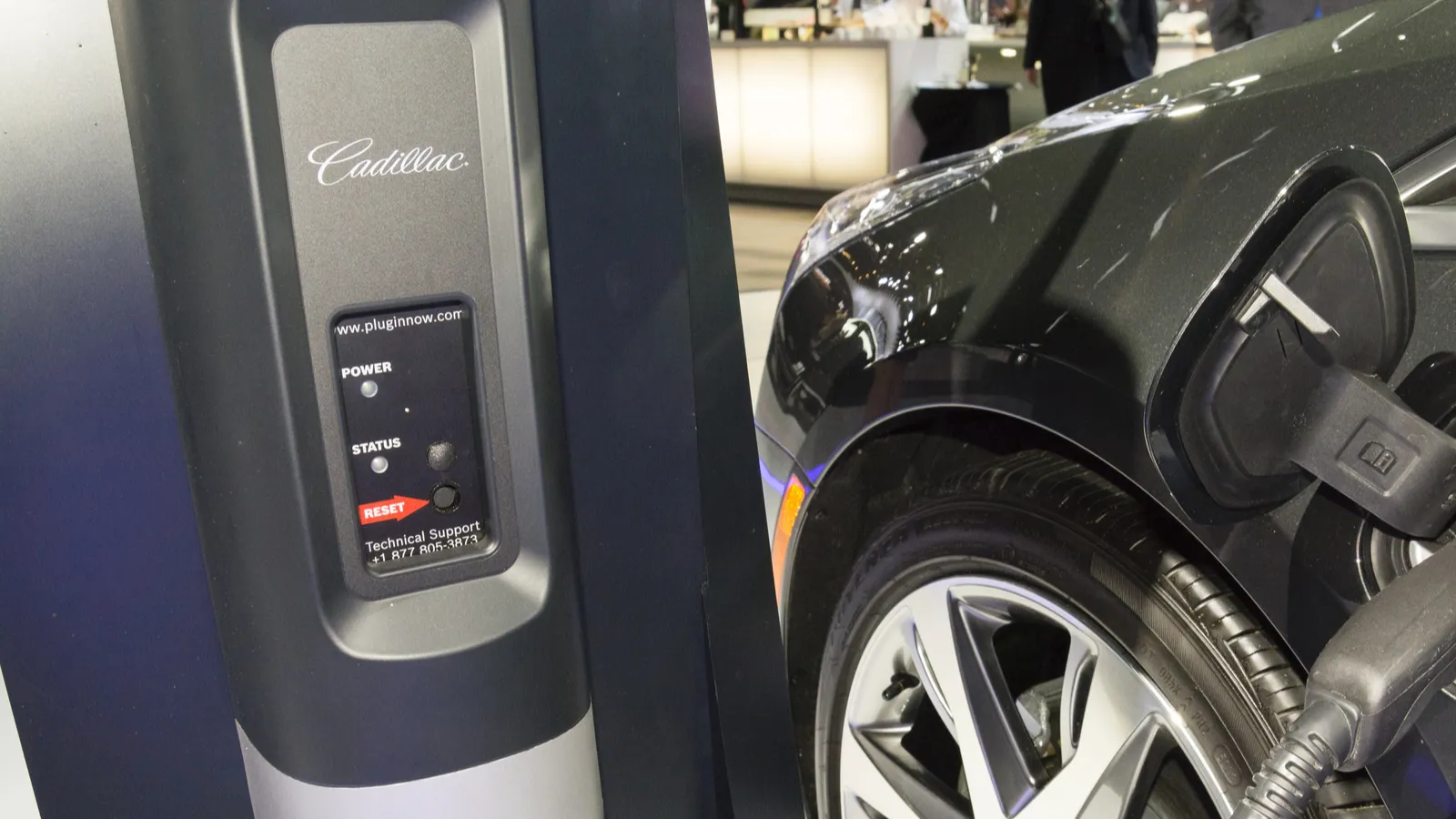
Image credits: edaldridge/Depositphotos
The EV Transition Is Inevitable
2025 marks a clear inflection point in global transportation. Electric vehicles are now mainstream in several key markets, and while adoption rates vary by country, the momentum is undeniable. Technology improvements, regulatory support, and changing consumer behavior converge to create a sustainable shift.
Still, challenges remain, from infrastructure to affordability, and the pace of change is not equal worldwide. Yet, one thing is clear: the electric era of mobility is here, and it’s reshaping the auto industry from the ground up.
Alt text: Cadillac charging station with a car plugged
